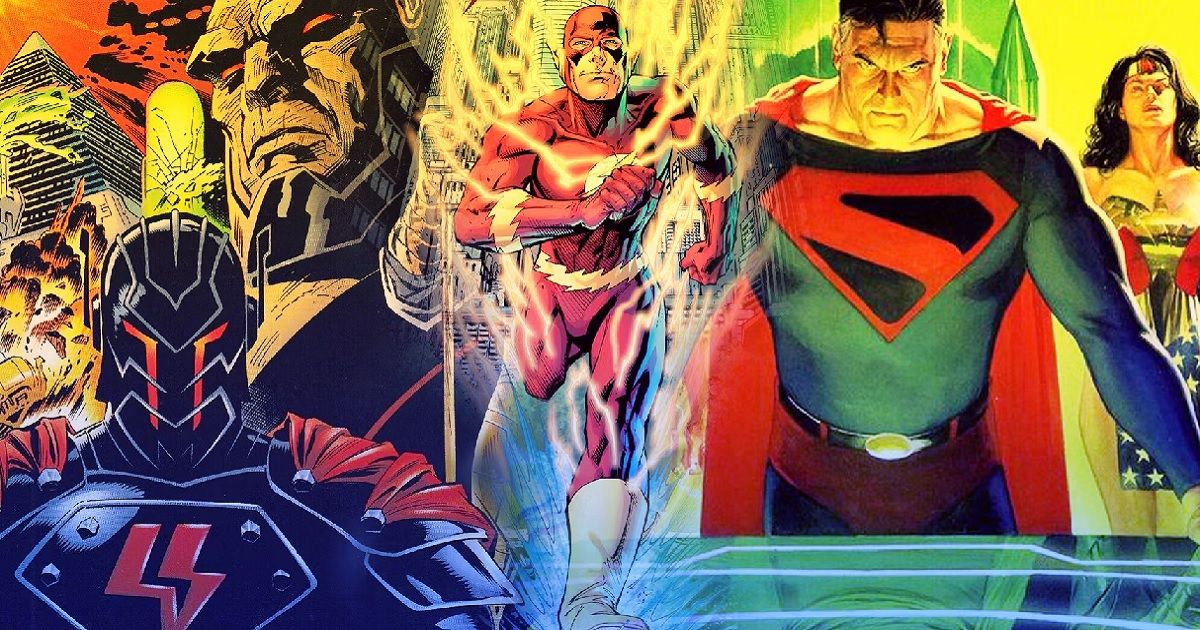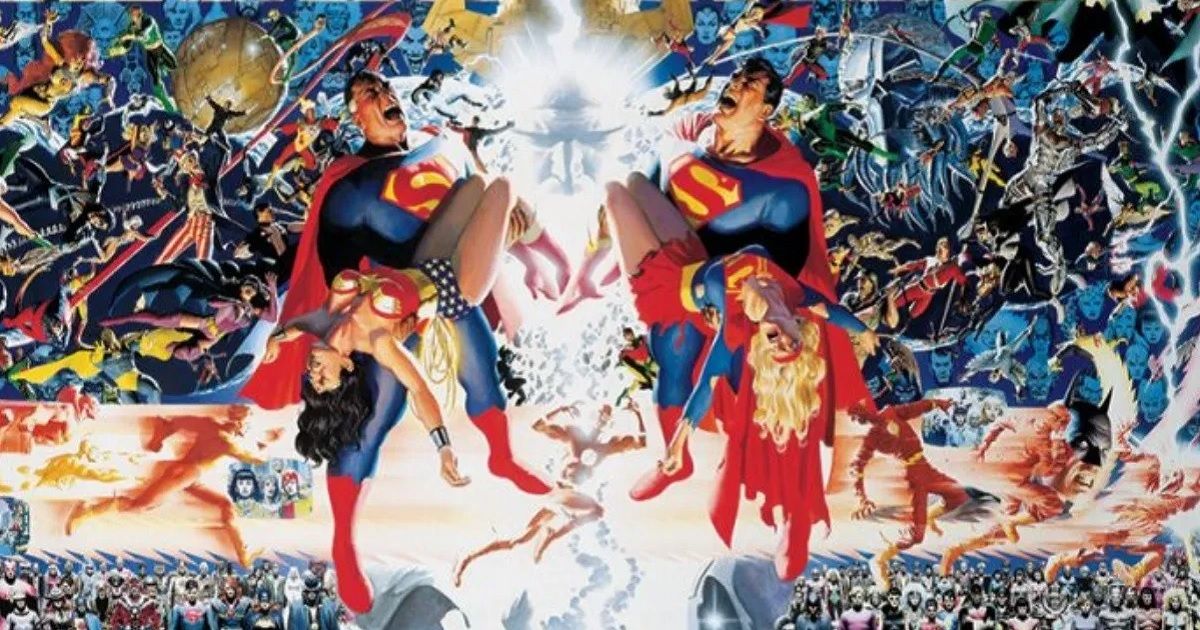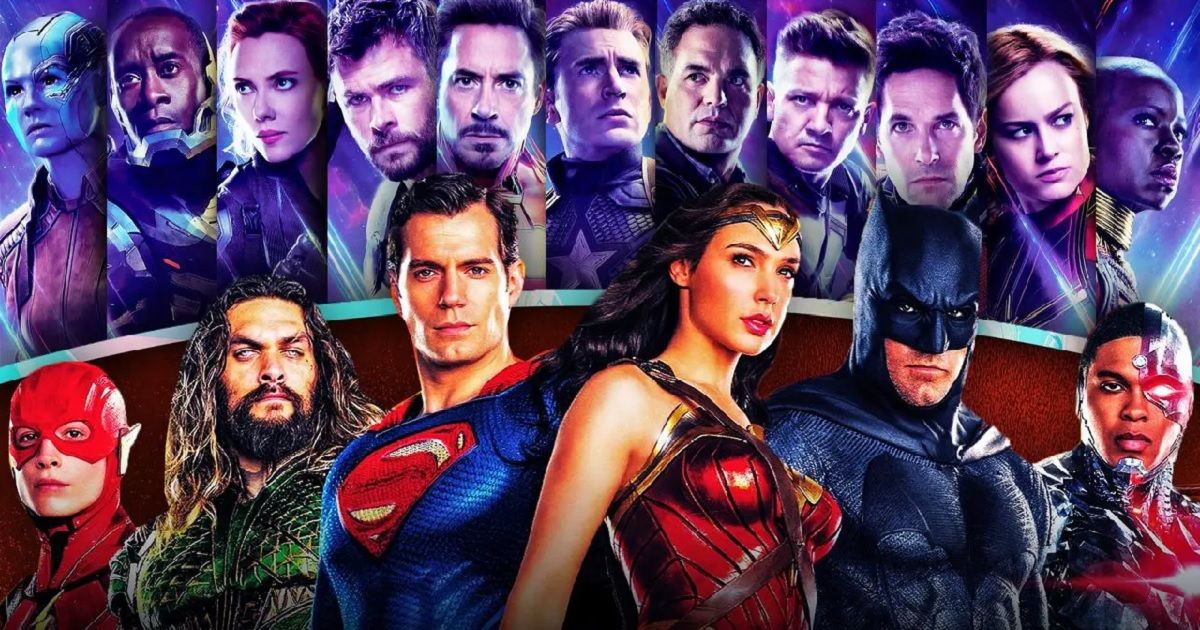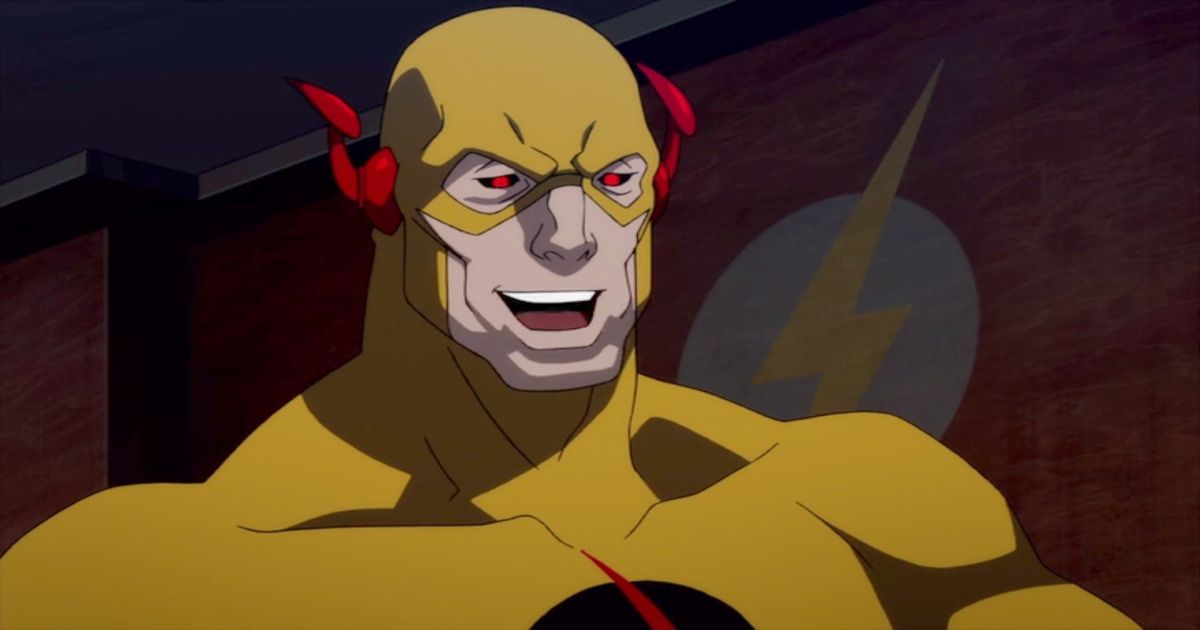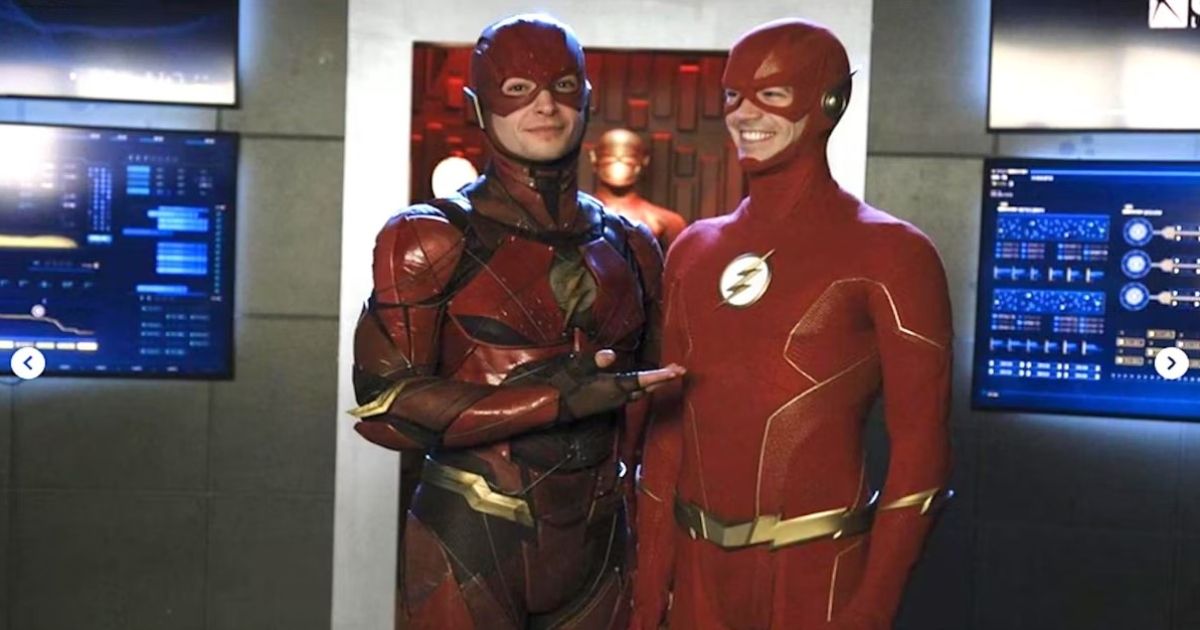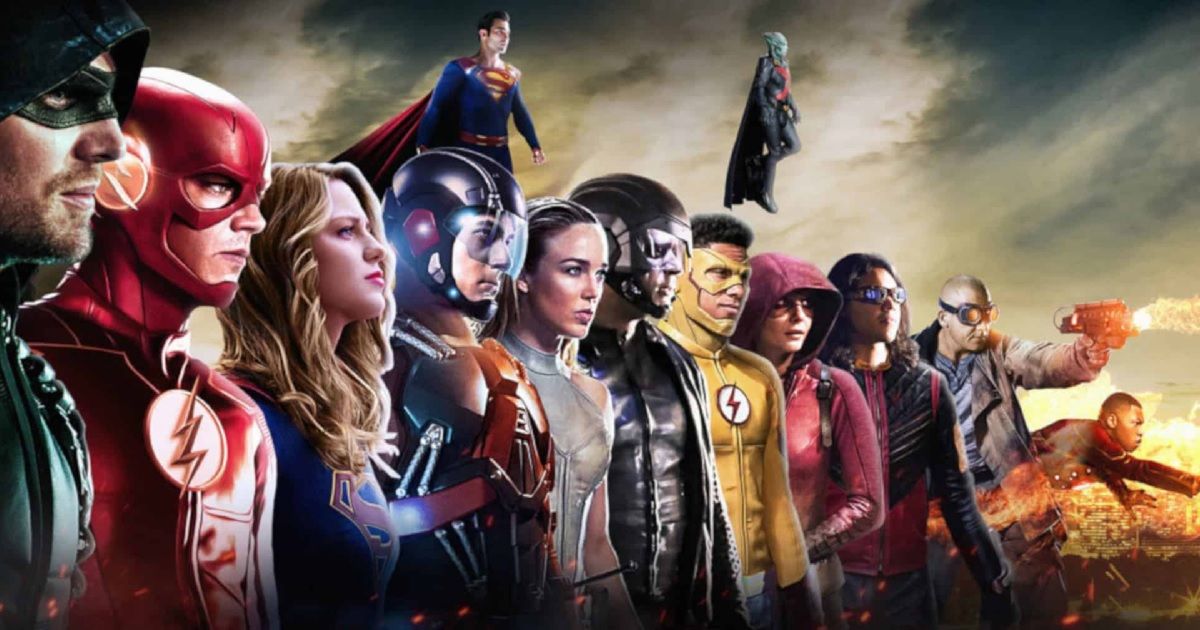
If you’re a fan of DC’s larger-than-life superheroes and their breathtaking exploits across various universes, then you’ve probably heard of the legendary DC Multiverse. And if you think that it’s just like Marvel’s Multiverse, well, think again, my friend! The DC Multiverse is an entirely different beast, with a complexity that will leave you reeling. But fear not, for we’re here to guide you through the intricate web of the DC Multiverse.
These stories have been taking place in animation, blockbuster movies, and TV shows, with deep roots in the comic book canon. We’ll unravel the mysteries that make this concept so utterly captivating and endlessly entertaining, and you’ll be blown away by the sheer scope of it all. So strap yourselves in and embark on a mind-bending journey into one of superhero fiction’s most mind-boggling concepts. This is the DC Multiverse—and trust us, you won’t want to miss a thing!
Defining the DC Multiverse
The DC Multiverse is a collection of alternate universes that make up the fictional reality where DC Comics’ characters reside. Each universe within the Multiverse contains a unique version of reality, making it a playground for writers and artists to explore infinite story possibilities. The concept of the Multiverse was first introduced in DC’s Silver Age comics, and it has since become a cornerstone of the DC Universe across all forms of media, from TV shows and animated films to the DCEU.
As you can imagine, this has allowed for some genuinely mind-bending and controversial storylines over the years, such as the Elseworlds tales and revamps to DC’s timeline. But love it or hate it, there’s no denying that the DC Multiverse is one of the most fascinating and endlessly entertaining aspects of the DC Universe.
Why not dive into this complex, intricate web of parallel worlds and see where it takes you?
Key Concepts of the DC Multiverse
The DC Multiverse is a boundless expanse of parallel universes, each with its distinct set of physical laws and realities. The sheer vastness of this concept is mind-bending, with an infinite number of universes constantly expanding and evolving. For years, creatives like Geoff Johns, Grant Morrison, and Mark Waid have been working behind the scenes to map out the intricate continuity of the DC Multiverse. Within this expansive network of realities, beloved characters like Superman, Batman, and Wonder Woman have been reimagined time and time again, each with their unique backstory and characterization.
The diversity of these interpretations makes the DC Multiverse such a fascinating and entertaining aspect of pop culture. However, the complexity of the infinite Earths and universes can be overwhelming for newcomers. Understanding the basics of the DC Multiverse can provide invaluable insight into the complex storytelling across DC’s various mediums, including their animated films, TV shows, and upcoming projects, under the guidance of visionary directors like James Gunn and Peter Safran.
At its simplest, the DC Multiverse comprises infinite alternate universes, each with its own version of Earth. These alternate Earths are often similar to our own, but with slight changes ranging from the trivial (e.g., Superman being a childhood friend of Bruce Wayne) to the drastic (e.g., on one Earth, Lex Luthor is a good guy, and Superman is evil). The most famous parallel Universe in the DC Multiverse is the Anti-Matter Universe, home to the Crime Syndicate, a team of evil counterparts of the Justice League.
DC Multiverses: Too Complex for Their Own Good
Numerous attempts have been made to simplify the complex narrative of the DC Multiverse. The most significant efforts documented are Crisis on Infinite Earths and Infinite Crisis. Despite often being confused, these two events are distinct. Crisis on Infinite Earths, for instance, was an event that took place in 1985 and irrevocably transformed the landscape of the DC Universe. Written by Marv Wolfman and illustrated by George Perez, the story witnessed the obliteration of multiple universes, culminating in one Universe with one uninterrupted narrative. The story was subsequently adapted for the CW in the Arrowverse, with The Flash, Green Arrow, Legends of Tomorrow, Supergirl, and Batwoman all crossing over to recount the story.
In 2006, DC Comics launched Infinite Crisis, an ambitious event designed to reset the DC Universe and streamline its continuity. However, it ultimately left fans even more confused than before. Currently, there are no plans to adapt it for any media. Meanwhile, the Elseworlds stories offer fascinating and innovative tales outside the DC canon. Coined by DC Comics in 1989, the term refers to stories in alternate universes, such as Batman: Gotham by Gaslight, set in Victorian England, or Superman Red Son, where Superman landed in Soviet Russia instead of America. Both of these stories have been adapted into successful animated films. Another compelling Elseworlds story is Kingdom Come, which depicts Superman coming out of retirement to face an apocalypse between superheroes and supervillains. Director James Gunn has hinted that it may be a future project.
Comparing DC and Marvel Multiverses
The fictional multiverses of DC and Marvel are expansive and intricate but differ significantly. The DC Multiverse, which predates Marvel by several decades, encompasses a broader range of characters and stories, owing to its earlier beginnings in the 1930s. In contrast, Marvel’s Universe only came to be in the 1960s. Additionally, the DC multiverse is more closely linked to real-world science and physics than its Marvel counterpart. These variances have given rise to distinct approaches in storytelling, world-building, and character development, making the two multiverses unique in their own right.
When it comes to fictional multiverses, DC and Marvel each have their unique characteristics. One key difference is that multiple universes can exist close and even interact in the DC universe. In contrast, alternate universes are typically isolated in the Marvel universe and rarely cross paths. Additionally, the DC multiverse is known for being more fluid and adaptable, with new storylines and characters easily introduced without causing major continuity issues. On the other hand, the Marvel multiverse has a more established and rigid canon, with changes often met with pushback from fans. These divergent approaches reflect the distinct storytelling styles and philosophies of each franchise.
DC’s Multiverse is widely regarded as being more intricate than Marvel’s. Firstly, it comprises infinite universes, allowing writers much creative freedom. Unlike Marvel, where most stories occur within the central universe, DC allows its writers to explore an extensive array of universes without the constraints of established continuity. Additionally, each universe within the DC Multiverse is distinct and unique, while Marvel’s universes are often similar to the main 616 universe. Finally, DC’s Multiverse continuously evolves, with new characters and storylines frequently introduced, whereas Marvel’s Multiverse tends to remain relatively unchanged.
Storylines That Have Jump-Started the DC Multiverse
In the world of DC Comics, fans have grown accustomed to a periodic soft reboot of the continuity, typically occurring every five years. One of the most significant reboots occurred in 2011 with The Flashpoint storyline, which resulted in the creation of The New 52 universe. While this transformation was met with mixed reactions from fans, it proved popular enough to inspire an animated movie adaptation. The entire slate of DC animated films followed suit, consolidating all storylines into a new universe that upended years of established continuity from beloved shows like The Batman Animated Series, The Superman Animated Series, and The Justice League.
DC Comics has undergone multiple reboots and continuity shifts over the years. One such event was Convergence, a nine-week storyline that merged all comic book universes into one and paved the way for the DC Rebirth initiative. Following suit, DC Animation launched a new slate of animated films, starting with Superman: Man of Tomorrow. The CW’s Crisis on Infinite Earths crossover event also united various DC realities, linking iconic iterations of Batman and Superman to the larger DCEU narrative, including the Snyderverse. Fans were excited to see classic versions like Batman 66′, and the Christopher Reeve Superman movies woven into the larger DC tapestry.
Future of the DC Multiverse and the DC Extended Universe
Currently, the future of the DC Multiverse remains to be determined. Warner Bros. has recognized the disarray that has plagued the DC film slate since 2013, and they want to take a page from Marvel Studios’ playbook and create a more cohesive and interconnected universe. As part of this effort, the studio has enlisted the help of producers Peter Safran and James Gunn to start fresh and overhaul everything from the ground up, including scrapping all existing plans for DC animated projects and abandoning the existing CW Arrowverse and Snyderverse continuities.
According to Gunn and Safran, the new plan is to create an interconnected universe that allows for exploring separate storylines by different creators. This approach explains why Todd Phillips’ Joker sequel and Matt Reeves’ Batman universe are considered separate entities. The beauty of multiverses lies in the fact that they offer an infinite canvas for storytelling as long as there are fans to enjoy them. As the DC Multiverse continues to evolve, we can expect some aspects to remain the same while others will undoubtedly change. This evolution guarantees that there will always be something fresh and captivating for fans to discover within the DC Multiverse.







